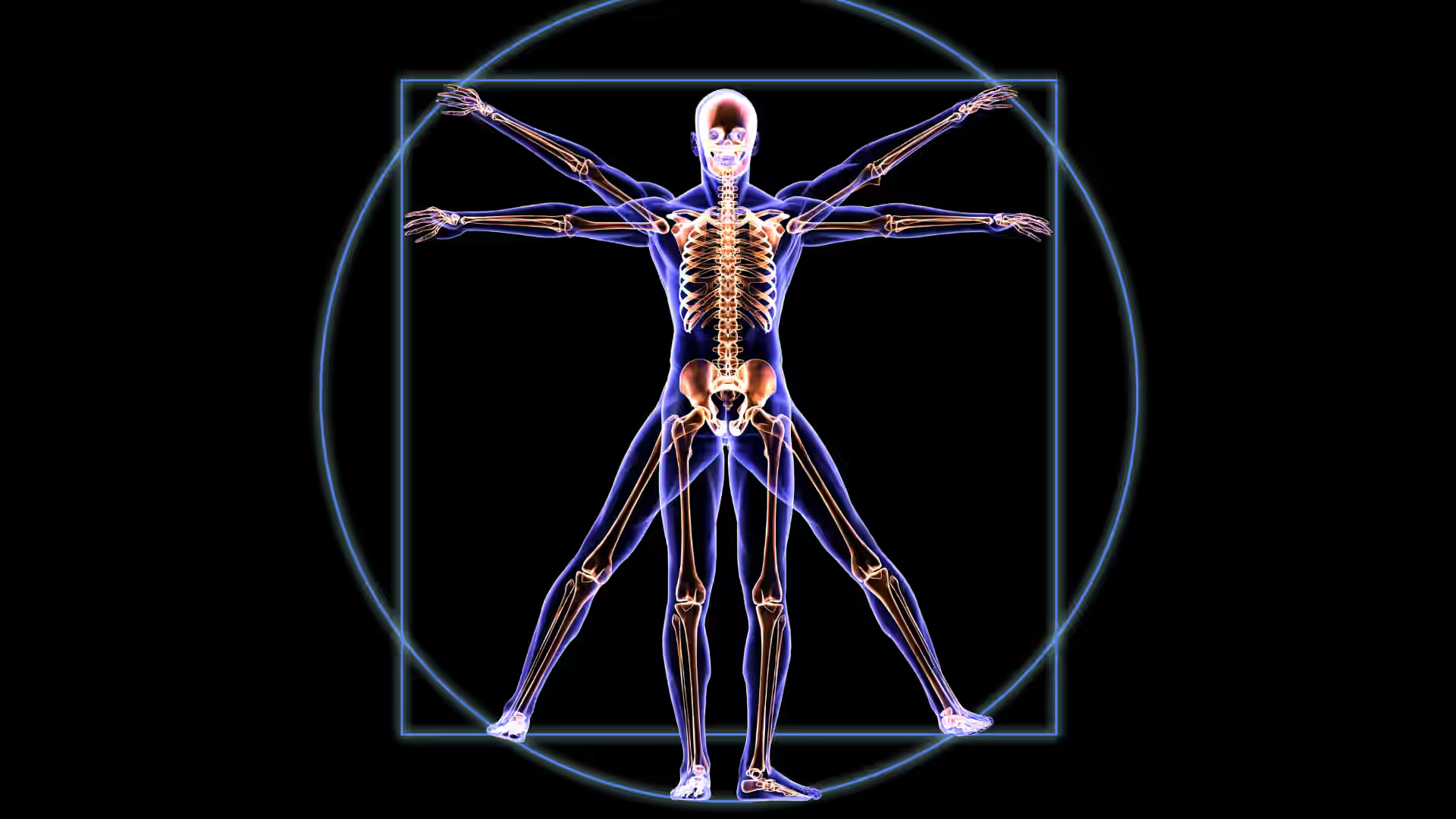Right bundle branch block occurs when there's a delay or obstruction in the electrical signals traveling through the right bundle branch of the heart's conduction system. This disrupts the normal sequence of ventricular activation, causing the right ventricle to depolarize later than the left.
While RBBB can raise concerns, particularly when associated with underlying heart disease, many individuals with isolated RBBB can live full, healthy lives. Understanding the condition, its implications, and proper monitoring is key to optimizing patient care and outcomes.
[signup]
Understanding Right Bundle Branch Block
To manage RBBB effectively, it's essential to understand what it is, what causes it, and how it's diagnosed.
What is Right Bundle Branch Block?
Right bundle branch block (RBBB) is a condition in which the electrical signals that control the heartbeat are delayed or blocked as they pass through the right bundle branch of the heart's conduction system. This branch carries impulses to the heart’s right ventricle, allowing it to contract in sync with the left ventricle.
When this pathway is disrupted, the right ventricle receives the signal later than normal, after the left ventricle has already been activated. This delayed activation creates a distinct pattern on an electrocardiogram (ECG), which is how RBBB is typically diagnosed.
On a 12-lead ECG, RBBB is typically identified by:
- A QRS duration of ≥120 milliseconds
- An rSR′ pattern in lead V1
- A wide, slurred S waves in leads I and V6
Causes and Risk Factors
Common causes of RBBB include:
- Ischemic heart disease
- Myocarditis
- Pulmonary embolism
- Structural heart conditions (e.g., atrial septal defect)
- Right ventricular hypertrophy
- Post-cardiac surgery changes
Additional risk factors for developing RBBB include:
- Older age: The likelihood of RBBB increases with age and is seen in approximately 11% of individuals by 80 years of age.
- Hypertension: Chronic high blood pressure can contribute to changes in the heart's structure and conduction system.
- Right heart strain: Conditions that place increased pressure on the right side of the heart, such as pulmonary hypertension or chronic lung disease, can increase the risk of RBBB.
Symptoms and Diagnosis
Many individuals with RBBB are asymptomatic and diagnosed during ECGs performed for unrelated reasons. However, in cases where RBBB is secondary to another condition, symptoms may include:
- Syncope or near-syncope
- Palpitations
- Dyspnea
An ECG is primarily used to diagnose heart disease, but additional diagnostic tools include an echocardiogram, Holter monitoring, or cardiac MRI to evaluate for structural heart disease.
Right Bundle Branch Block and Life Expectancy
Understanding the relationship between RBBB and life expectancy helps guide patient counseling and long-term management strategies.
General Prognosis for RBBB
In people without underlying heart disease, isolated RBBB is typically considered benign and does not significantly affect life expectancy. Routine monitoring is often sufficient.
However, when RBBB occurs in the presence of structural heart disease, coronary artery disease, heart failure, myocardial infarction, or cardiomyopathy, it may increase the risk of mortality.
Factors Influencing Life Expectancy
The impact of RBBB on survival can vary based on:
- Presence of other heart related conditions
- Age and baseline cardiac function
- Progression to complete heart block or associated arrhythmias
- Severity of right ventricular strain or dysfunction
Comparison with Left Bundle Branch Block
It's essential to differentiate RBBB from left bundle branch block (LBBB).
- LBBB is more often associated with poor outcomes, including increased risk of heart failure and sudden cardiac death, due to its effect on left ventricular function.
- RBBB generally has a better long-term prognosis, especially when isolated.
Managing Right Bundle Branch Block
Although many cases of RBBB require no active treatment, management should be tailored to the individual and the presence of any underlying disease.
Treatment Options
There is no specific treatment for RBBB itself. Instead, the focus is on:
- Addressing the underlying cause (e.g., revascularization for coronary disease, anticoagulation for pulmonary embolism)
- Monitoring for progression to more severe heart conduction abnormalities
- In cases of syncope or complete heart block, pacemaker implantation may be indicated.
Lifestyle Modifications
While RBBB does not usually require lifestyle changes, patients with underlying cardiovascular risk factors should be advised to:
- Maintain a heart-healthy diet
- Engage in regular physical activity
- Manage blood pressure, cholesterol, and glucose levels
- Avoid tobacco and excessive alcohol
Regular Monitoring and Follow-Ups
Patients with RBBB should undergo periodic ECGs and cardiac evaluations, especially if new symptoms emerge or if structural heart disease is present. Advanced imaging or electrophysiologic studies may be required in select cases.
Living with Right Bundle Branch Block
Once diagnosed, individuals with RBBB often have questions about how it will impact their lifestyle and overall well-being.
Emotional and Psychological Aspects
Receiving a diagnosis of a heart conduction issue can be anxiety-inducing, even when the prognosis is favorable. Clinicians should provide clear education and reassurance to reduce unnecessary worry and promote adherence to follow-up care.
Physical Activity and Exercise
Most patients with isolated RBBB can engage in normal physical activity without restriction. However, people with associated cardiac disease should follow exercise guidelines tailored to their condition, often developed in collaboration with a cardiologist or cardiac rehabilitation team.
[signup]
Key Takeaways
- Right Bundle Branch Block (RBBB) is a conduction delay in the right side of the heart that is often discovered incidentally and, when isolated, typically has minimal clinical significance.
- Common causes include structural heart disease, myocardial infarction, pulmonary embolism, or post-surgical changes, though RBBB can also occur in healthy individuals without known cardiac pathology.
- Diagnosis is made via ECG and is characterized by a prolonged QRS complex and specific changes in leads V1 and V6; further testing may be done to rule out underlying conditions.
- Life expectancy is generally not affected in patients with isolated RBBB, but prognosis depends on the presence and severity of comorbid cardiovascular disease.
- Treatment focuses on managing underlying causes rather than the RBBB itself; pacemaker implantation is rarely needed unless more advanced conduction disease is present.
- Regular monitoring and lifestyle modifications—like managing chronic diseases and maintaining heart health—are important, especially in patients with other risk factors.





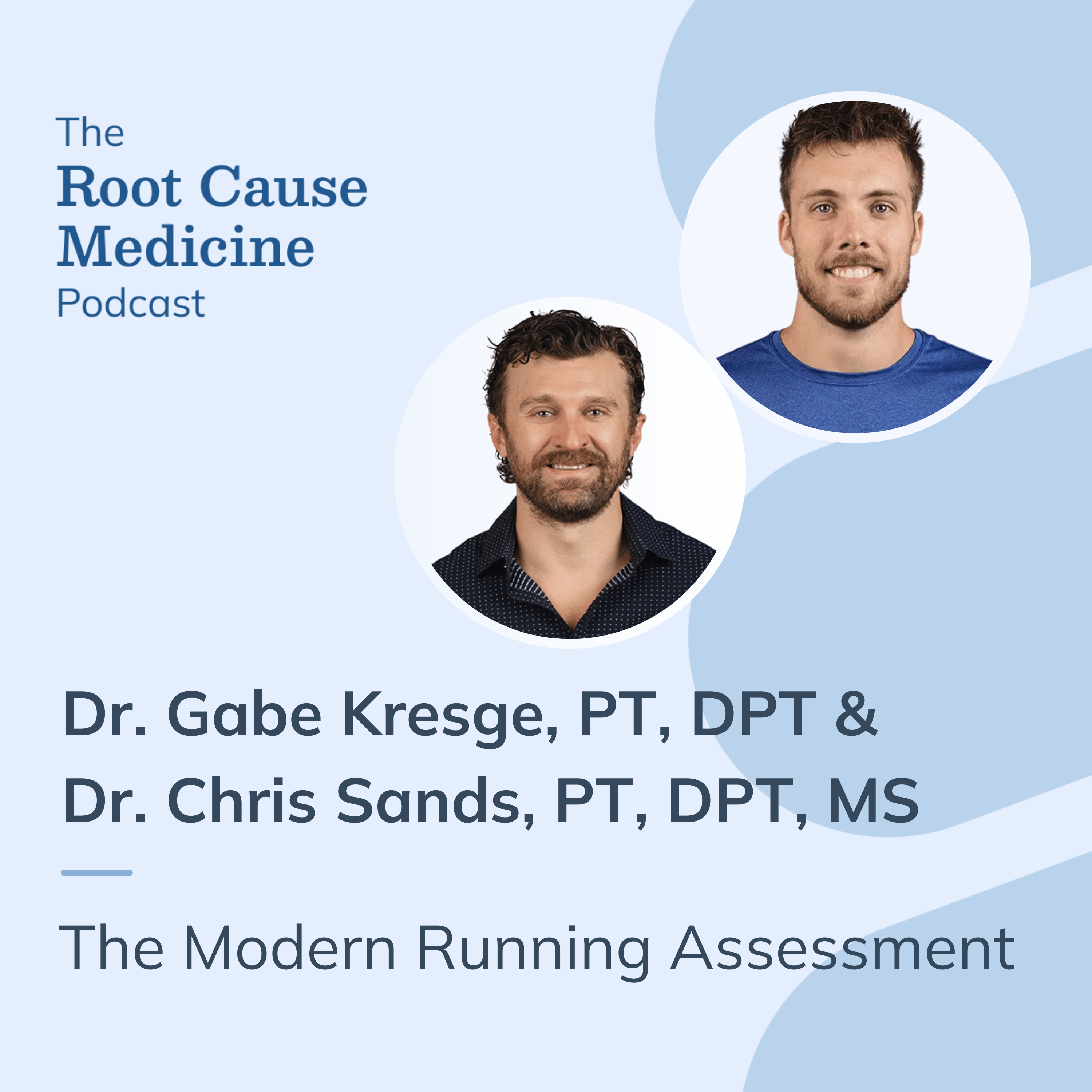

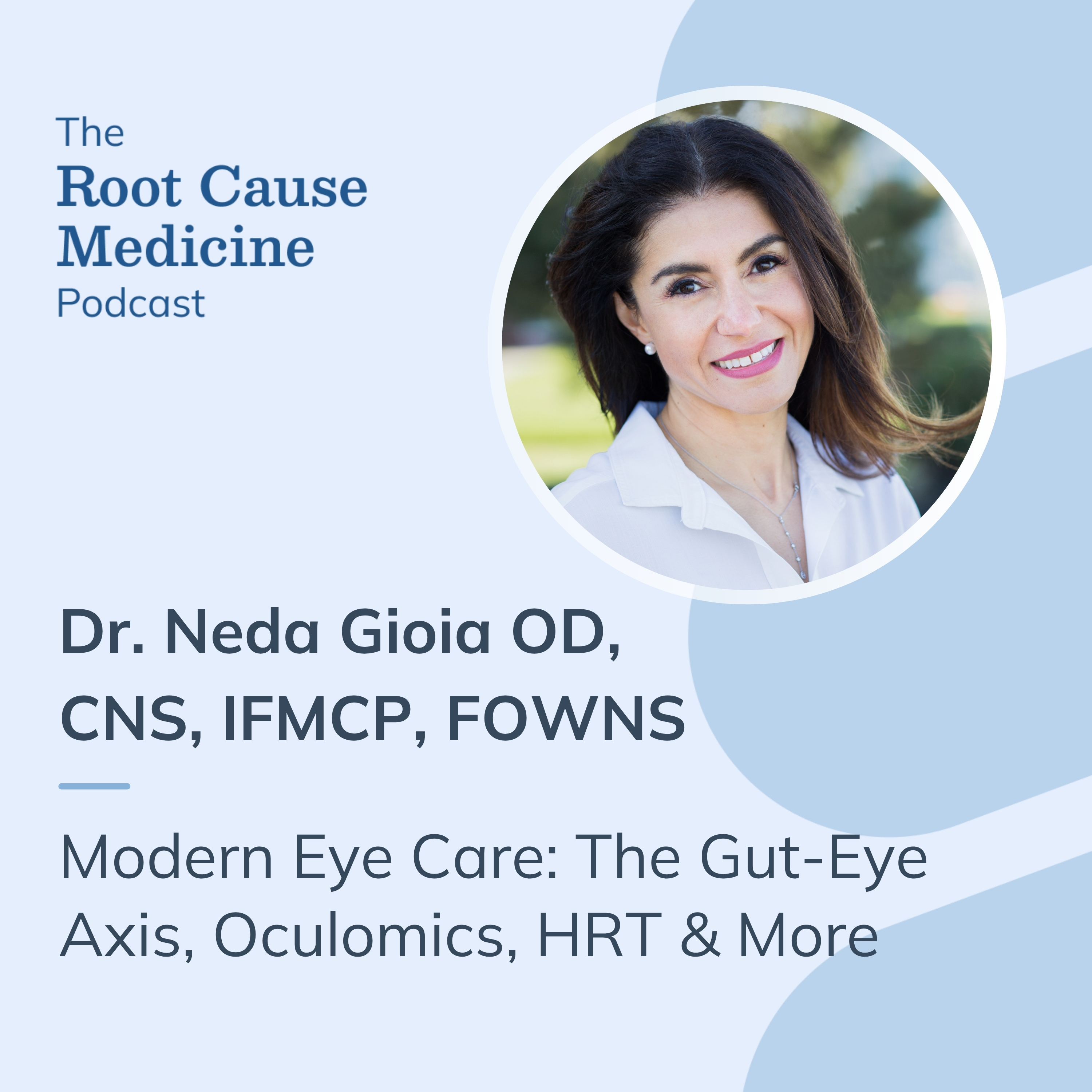
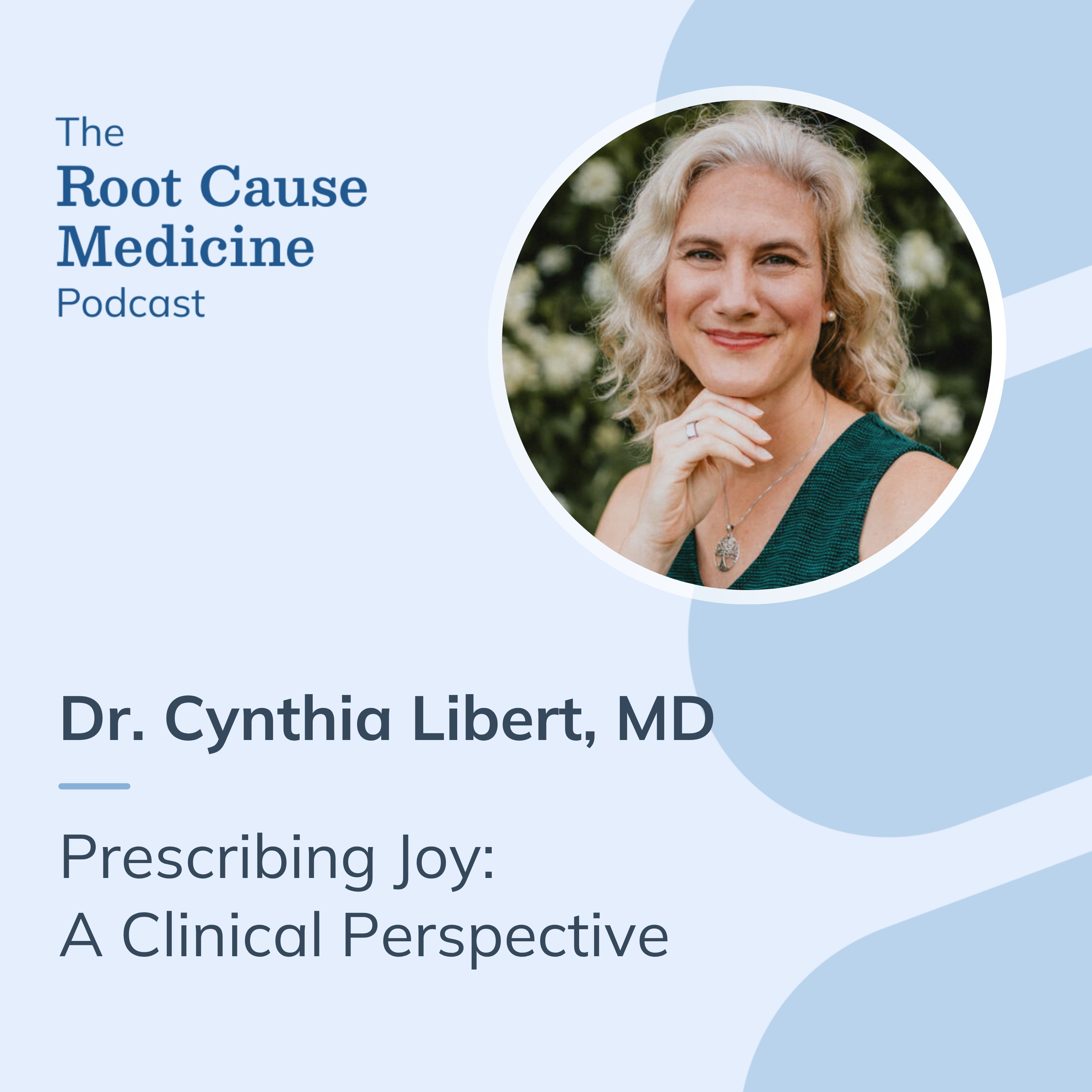
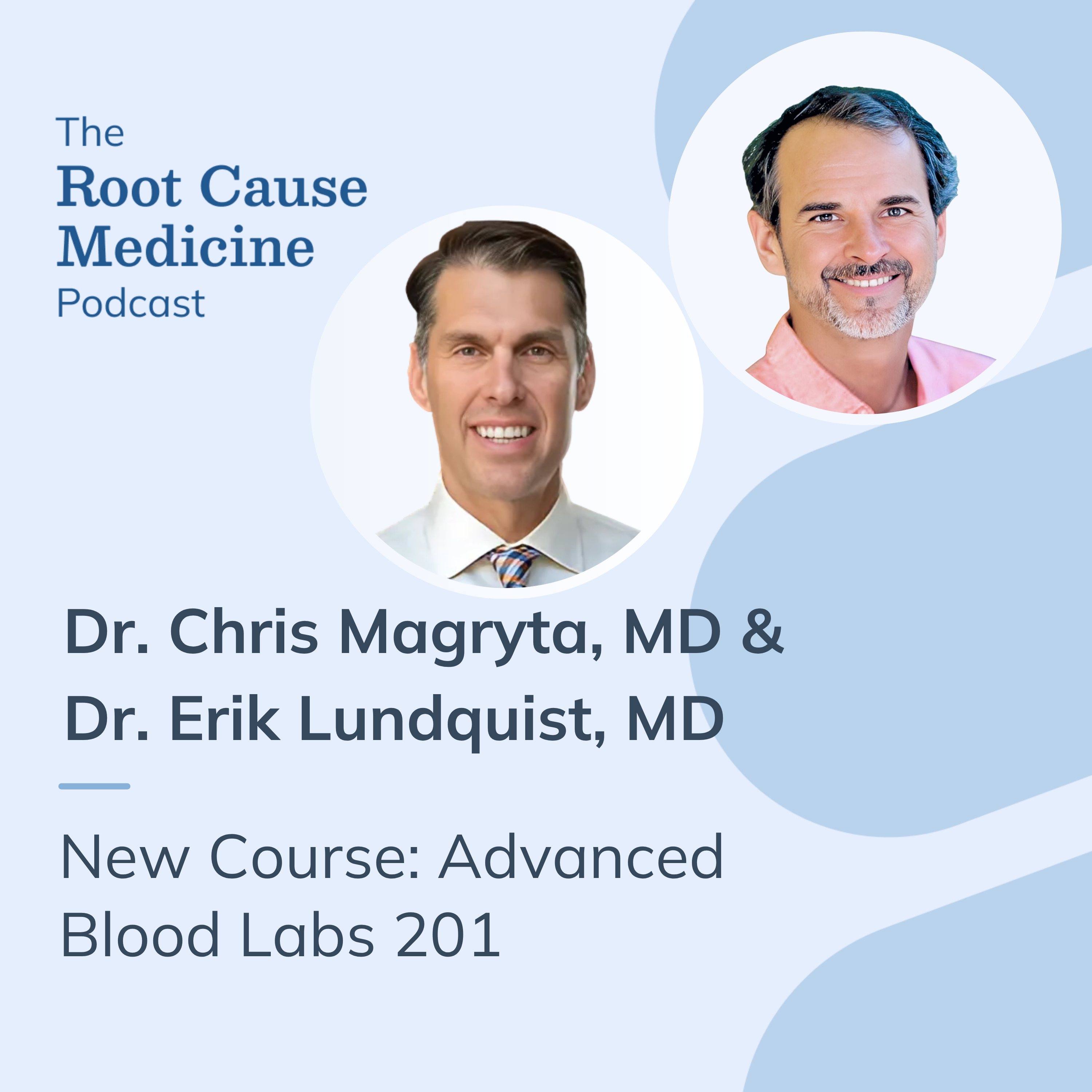


%201.svg)






